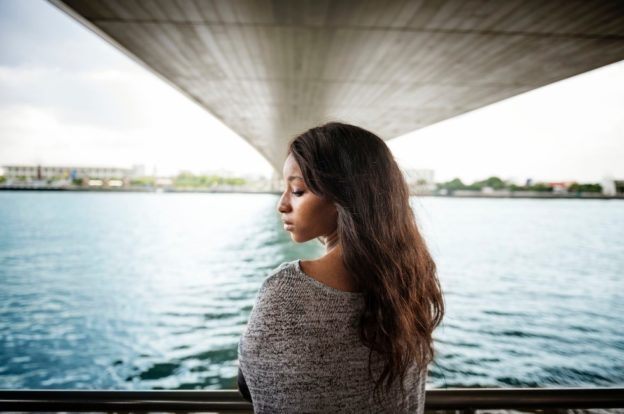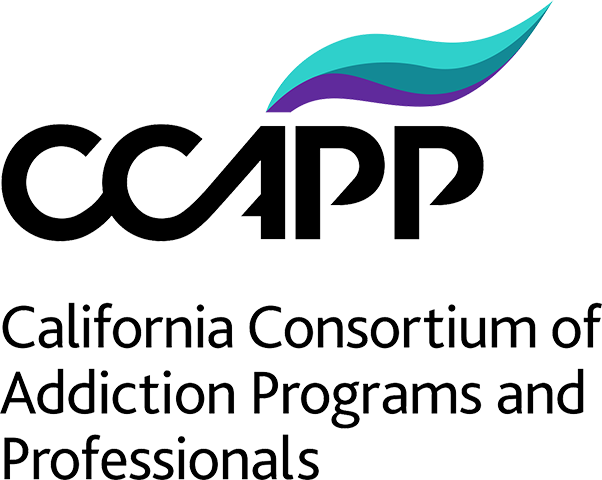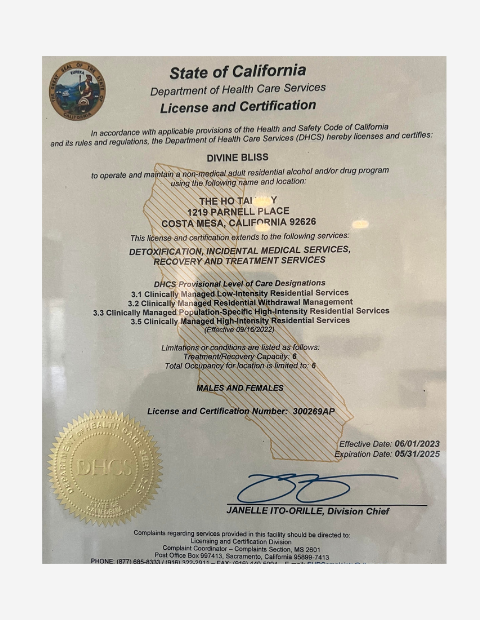Bipolar disorder is a commonly co-occurring mental health disorder with substance use disorder. Women who have bipolar disorder may use drugs or alcohol to self-medicate, or bipolar disorder may manifest due to extensive substance use. Both disorders can be complicated to differentiate between and even more challenging to survive with.
What Is Bipolar Disorder?
Formerly known as manic depression, bipolar disorder is a severe mood disorder with periods of elevated moods and depression, each lasting at least two weeks or longer. The mood changes can interfere with daily life and become seriously debilitating, even resulting in hospitalization or suicidality. Bipolar disorder can manifest at any time from early childhood well into adulthood, and it is estimated that 4.4% of adults will experience bipolar disorder at some point in their lives.
What Are the Manic Symptoms of Bipolar Disorder?
- Excess energy
- Feeling abnormally or excessively happy
- Pressured speech
- Feeling self-important or grandiose
- A decreased need for sleep
- Increased productivity and creativity
- Difficulty concentrating
- Easily distracted
- Easily irritated or agitated
- A reduced need for food
- Overspending or overextending of oneself
- Risk-taking behaviors such as gambling, sex, etc.
- Delusions, hallucinations, or illogical thinking
What Does Bipolar Depression Look Like?
- Decreased energy
- Feelings of sadness or hopelessness
- Difficulty with concentration and focus
- Easily distracted
- Loss of interest in preferred activities
- Feelings of guilt or worthlessness
- Feelings of emptiness
- Changes in appetite
- Changes in sleep patterns
- Irritability
- Suicidal thoughts or attempts
Sometimes, patients exhibit both manic and depressive symptoms within the same period. This showing is known as a mixed state and is more difficult to diagnose and treat since both sets of symptoms exhibit simultaneously.
When a patient’s moods cycle up and down very quickly, it is known as rapid cycling, which is also difficult to diagnose and treat and very hard to live with.
What Is Involved in a Bipolar I Diagnosis?
A bipolar I diagnosis is made when periods of mania last at least seven days and are severe enough to require hospitalization with preceding or subsequent depressive episodes that last at least two weeks. Mixed episodes are also a possibility of the bipolar I diagnosis. The quantifying feature of the bipolar I episode is a true manic episode.
What Are the Features of Bipolar II?
The bipolar II diagnosis features periods of depression with hypomanic episodes. These episodes involve many of the features of mania but to a lesser degree. They do not usually require hospitalization or involve more severe manic symptoms such as hallucinations or grandiose thinking. Many people with bipolar II may be misdiagnosed with depression if the hypomanic episodes are missed.
Why Is Substance Abuse So Common With Bipolar Disorder?
The symptoms of bipolar disorder can be debilitating and very distressing, causing significant problems in all areas of life. If you do not know what bipolar disorder is or have no idea that you are currently living with it, you may turn to drugs or alcohol to self-medicate the uncomfortable and unsettling symptoms.
Even for those aware of their diagnosis, numbing or escaping the symptoms with substances can be tempting. Not only can this lead to a substance use disorder, but it can also exacerbate the symptoms of bipolar disorder. Likewise, bipolar disorder can worsen the symptoms of substance abuse. These co-occurring disorders become even more challenging to manage.
How Is Bipolar Disorder Treated for Women?
Bipolar disorder should be diagnosed and treated by a psychiatrist. Typically, mood-stabilizing or other medications are prescribed that help to regulate the symptoms and allow the patient to eat, sleep, and function more consistently. Your psychiatrist may also recommend psychotherapy, which will help you learn valuable coping skills and heal from trauma or other issues.
Can Bipolar Disorder and Addiction Both Be Treated?
The best news is that you can receive treatment simultaneously if you have bipolar disorder and a substance use disorder. It is essential to treat the conditions together because the symptoms are intrinsically linked. When you treat only the addiction, your bipolar symptoms could worsen and cause you to relapse. When you treat only bipolar disorder, substances will interact with your medications and can be very dangerous for your health.
Women with bipolar disorder and addiction have extra challenges finding help for both conditions. With advances in psychiatry and addiction recovery in recent years, however, the chances of finding professional means to mental wellness have greatly improved. There is finally a real hope that women with bipolar and substance use disorders can find peace and healing in this beautiful life.
Bipolar disorder is a severe mood disorder characterized by periods of both mania and depression that can interact with and exacerbate symptoms of addiction. Finding treatment for bipolar and substance use disorders simultaneously can help bring peace and healing to your life. The Ho Tai Way – Recovery For Women is a residential facility for the treatment of addiction and co-occurring mental health disorders. Our peaceful Costa Mesa, California facility offers a tranquil refuge from the storms of your life. We provide trauma-informed care and evidence-based practices to give you a safe place to find your way again. Our experienced staff offers a non-judgmental place with empathy and compassion to empower you to heal from the inside out. We believe you already have the tools inside you to achieve sobriety. We help you use them. Contact the Ho Tai Way today at (714) 581-3974 to begin your healing process today.









